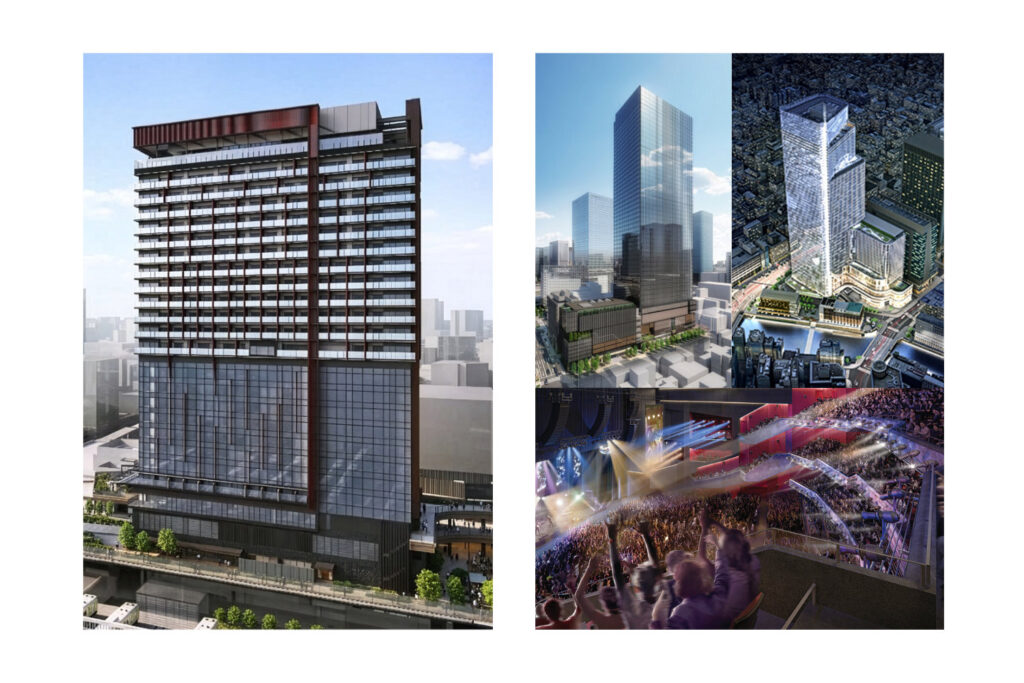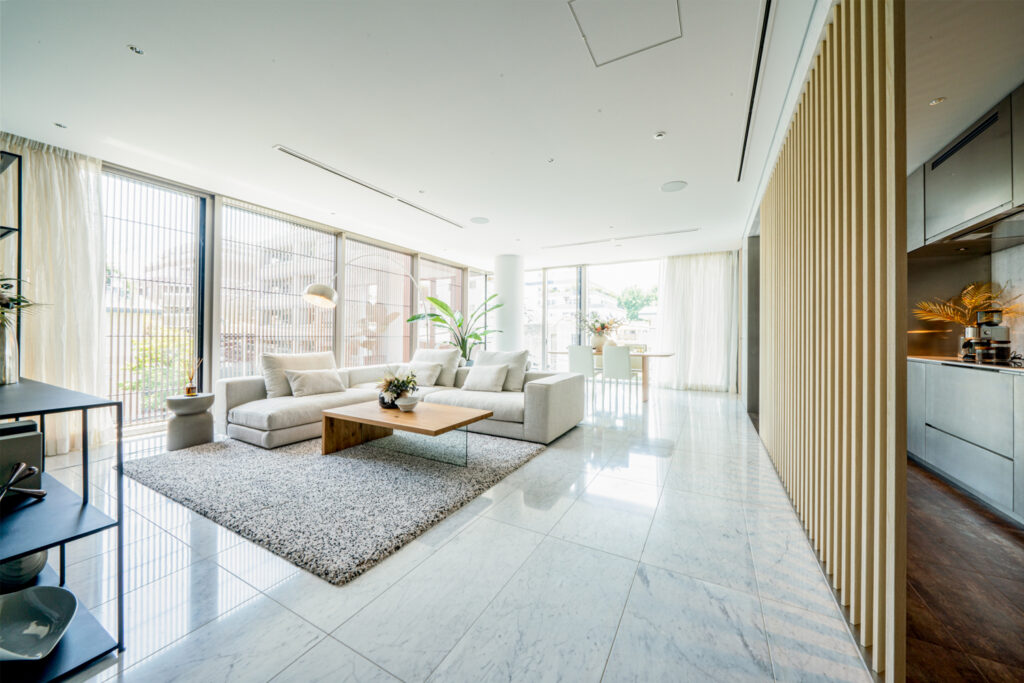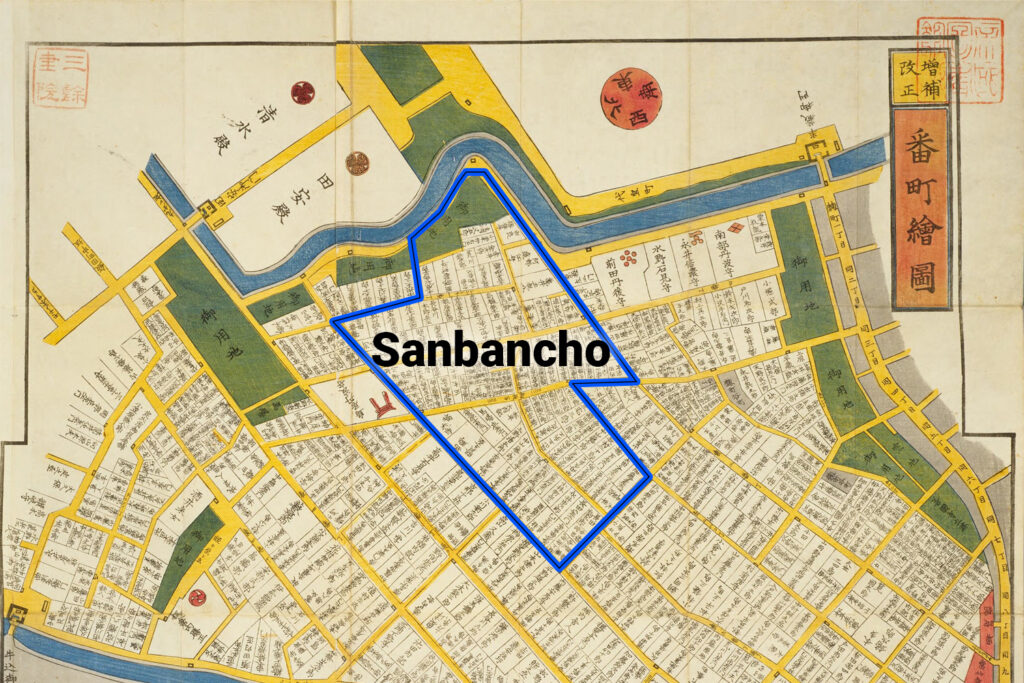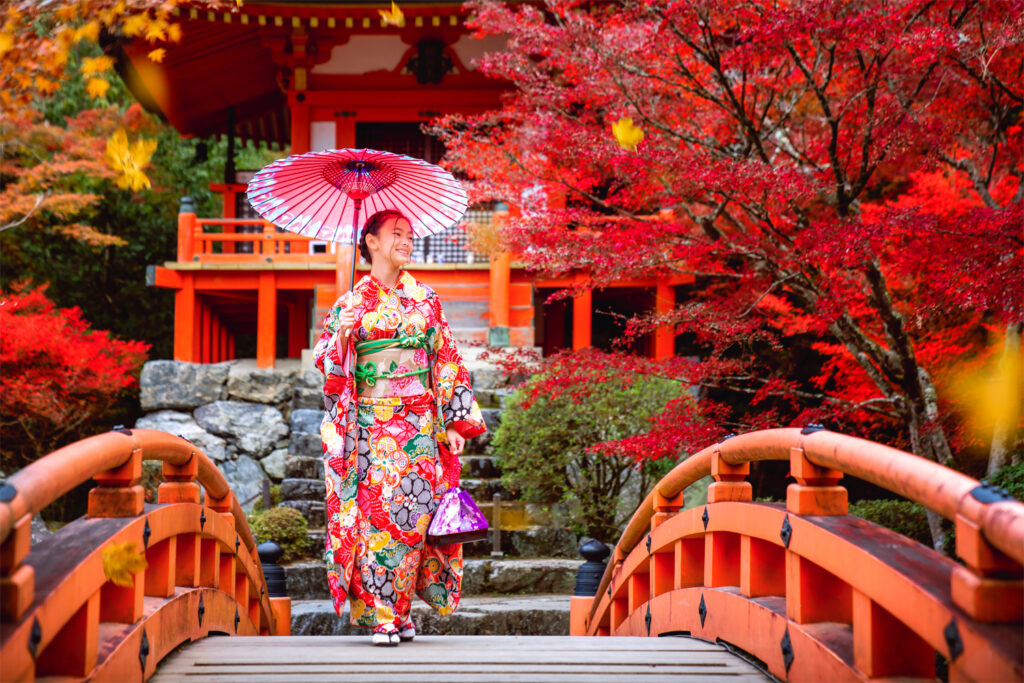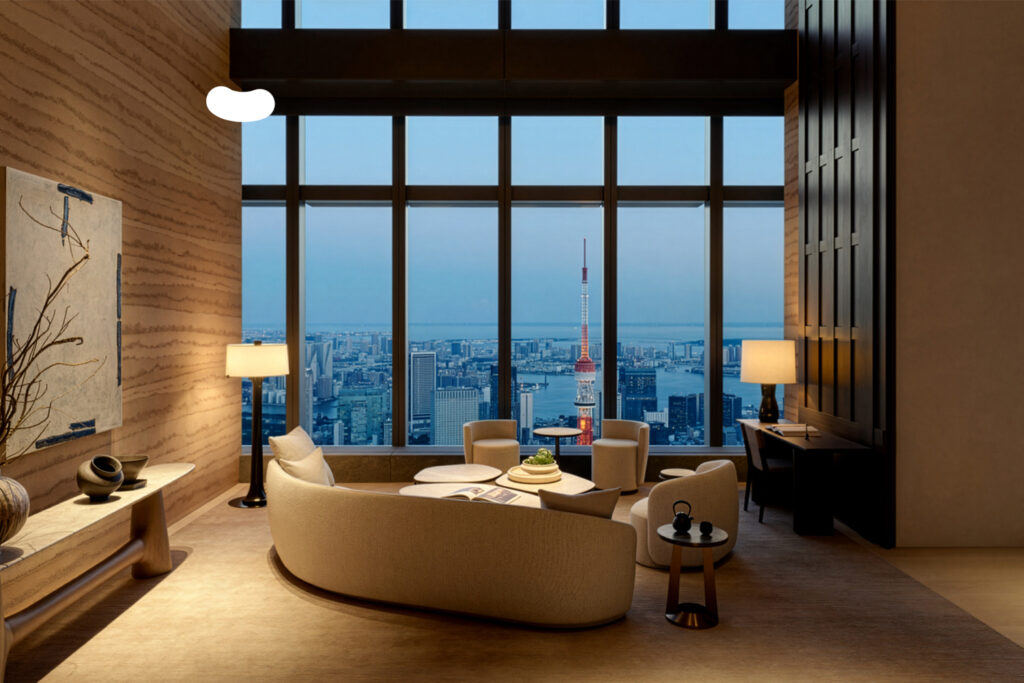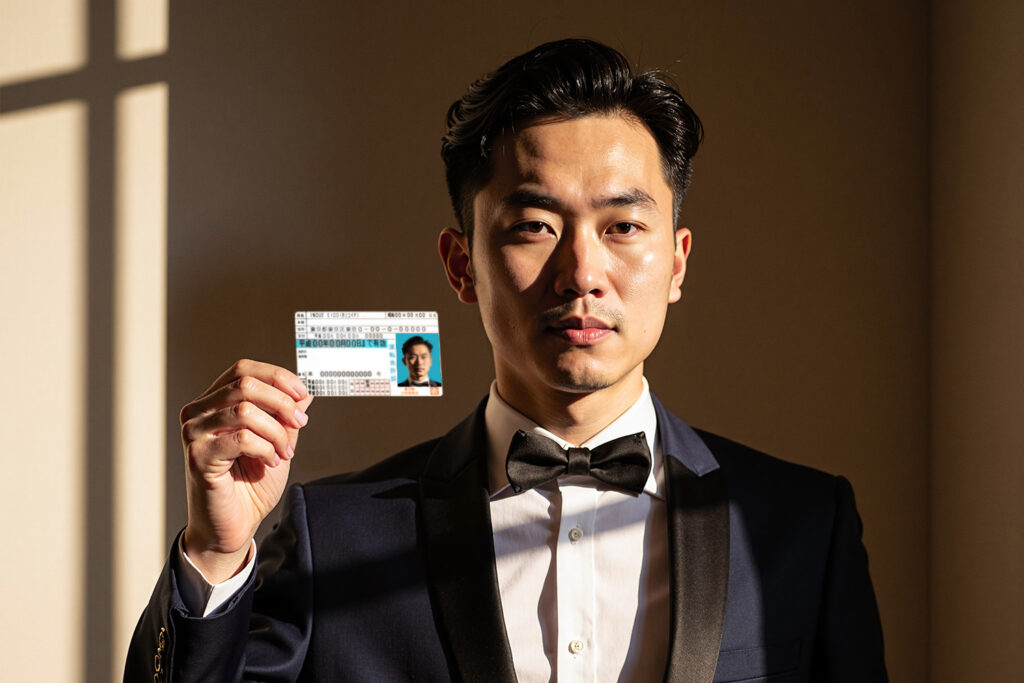Living in Tokyo means more than enjoying a world-class city. It means having Japan’s best mountain tips and coastal escapes within easy reach. The capital’s rail network transforms what might be complicated journeys in other countries into straightforward weekend trips. Alpine lakes, hot springs, and pristine beaches become part of your regular routine when you call Tokyo home.
Hakuba: Three Hours to Alpine Adventure





Hakuba offers Tokyo residents their closest taste of serious mountain terrain. Take the Hokuriku Shinkansen from Tokyo Station to Nagano in 80 minutes, a remarkably quick trip that whisks you from urban density to mountain gateway. The Green Car seats make this journey even better with extra space and quiet carriages. From Nagano, express buses reach Hakuba Valley in one hour, putting you in the heart of the Japan Alps before lunch.
Driving takes about four hours to cover the 280 kilometers from central Tokyo, following the Kan-Etsu and Joshin-Etsu Expressways through increasingly dramatic scenery. Many weekend visitors prefer having their own car to explore the valley’s spread-out resort areas.
Summer temperatures stay around 25°C even in August, creating perfect conditions for outdoor activities. Lake Aoki turns into a natural swimming pool with clear turquoise water that stays refreshingly cool throughout the season. Mountain biking trails suit every skill level, from gentle paths through flower meadows for beginners to challenging mountain routes that test experienced riders. The Iwatake Mountain Resort gondola takes you up to viewing platforms where the entire Northern Alps range spreads out before you.
The village has grown well beyond its skiing roots into a sophisticated year-round destination. International restaurants line the streets, some run by chefs who left Tokyo for mountain life but brought their culinary expertise with them. The international feel comes from decades of hosting Olympics and world-class ski events, creating a cosmopolitan atmosphere unusual for rural Japan.
Each resort area offers something different, ensuring variety for regular visitors. Happo-One has the best hiking trails, Tsugaike features peaceful walks around the Tsugaike Nature Park, on floating walkways, and Goryu runs flower parks that bloom all summer. A shuttle bus system connects everything, though having a car lets you explore the valley and find hidden onsen and local restaurants that don’t appear in guidebooks.
Karuizawa: Tokyo’s Closest Mountain Escape
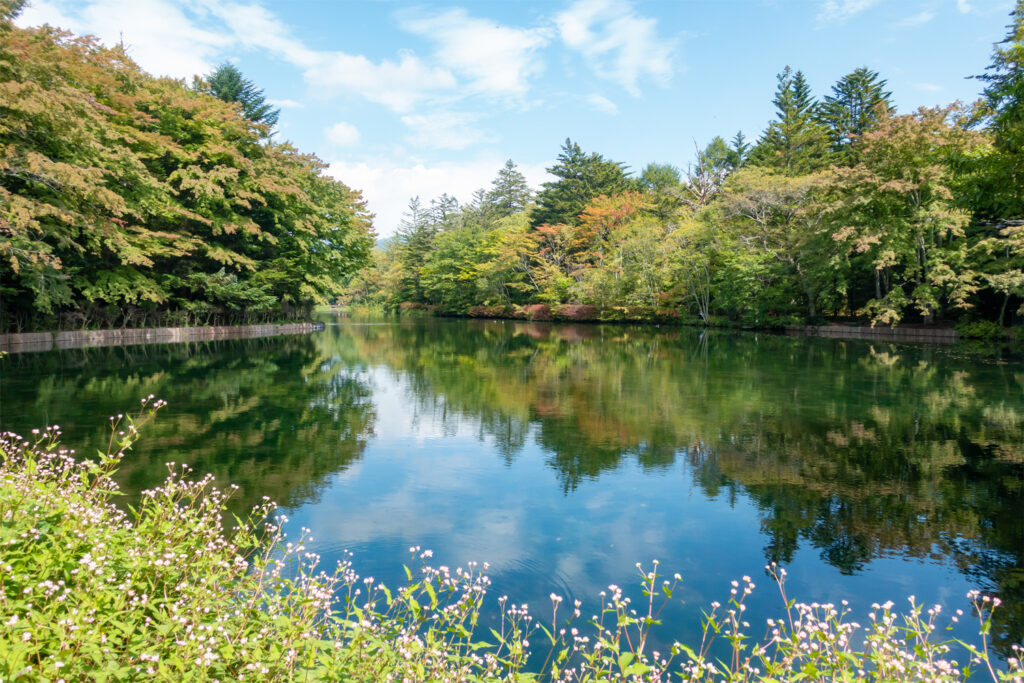
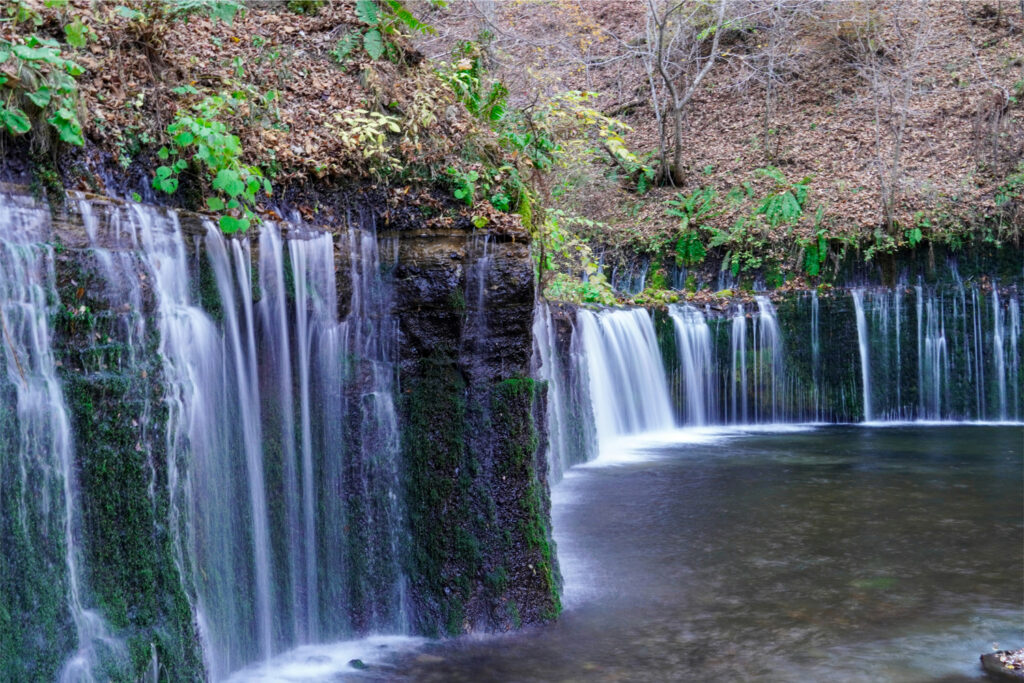
Karuizawa sits just 70 minutes from Tokyo Station by Shinkansen, making it closer than many Tokyo suburbs during rush hour and far more pleasant to reach. The Green Car upgrade adds comfort with extra legroom, reclining seats, and a quiet atmosphere that helps you relax from the moment you board. By car, the 150-kilometer drive via Kan-Etsu Expressway takes about two hours.
Tokyo’s elite have escaped to Karuizawa since the 1880s, when Christian missionaries first developed it as a cool weather retreat. The town maintains this refined atmosphere to this day. Old Karuizawa preserves the historic resort feeling with tree-lined streets that could belong in a European spa town. The Mampei Hotel continues serving afternoon tea on terraces overlooking forests, maintaining traditions that date back over a century.
The Kyu-Karuizawa Ginza shopping street brings Tokyo quality to the mountains. Premium boutiques and restaurants operate summer branches here, allowing you to shop for the same brands as Ginza while breathing crisp mountain air. Prince Shopping Plaza, right next to the station, offers over 200 outlet stores with luxury brands at reduced prices. Many visitors combine morning shopping with afternoon hiking, enjoying both sides of what the town offers.
Several championship golf courses attract Tokyo’s business community for both serious play and relationship building. The relatively flat terrain makes cycling accessible for all ages, with rental shops offering everything from children’s bikes to high-end road bikes. The 4-kilometer path around Kumoba Pond makes a perfect morning ride with mirror-like reflections of surrounding mountains on calm days.
At 1,000 meters elevation, Karuizawa stays comfortable all summer with temperatures rarely exceeding 26°C. Many Tokyo executives maintain second homes here, using them for both business entertainment and family escapes throughout the year.
Hakone: Art and Hot Springs Within Reach
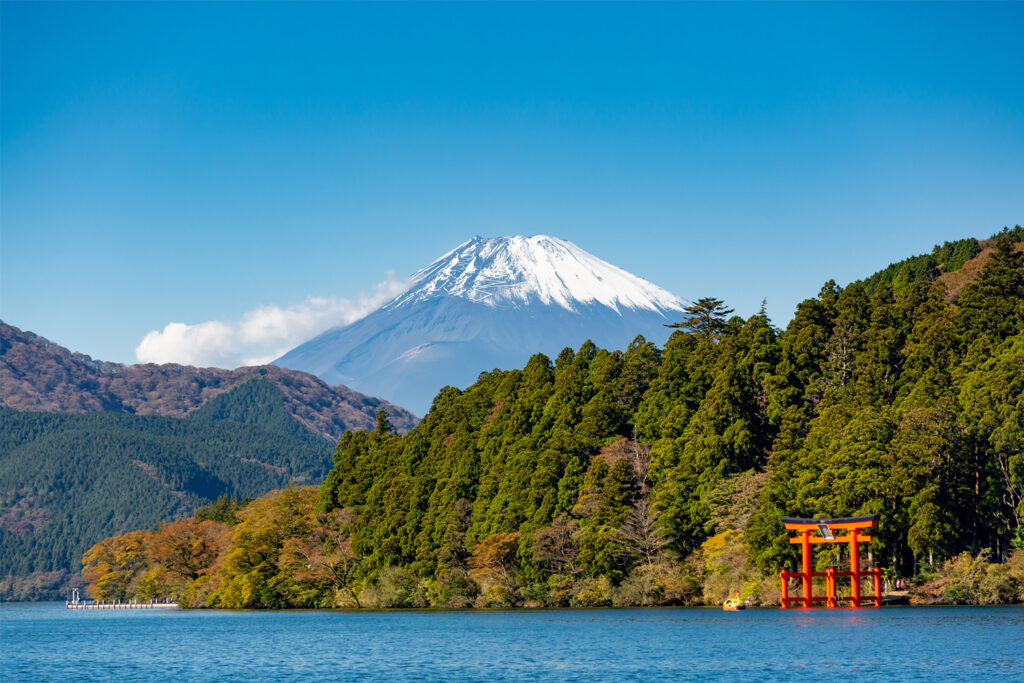

Hakone provides the most varied mountain experience near Tokyo, combining cultural attractions with natural beauty. The Odakyu Romancecar from Shinjuku takes 85 minutes, and these trains feel special from the moment you board with their theater-style seating and huge windows. Premium seats in the observation car offer panoramic views that make the journey as memorable as the destination.
Driving covers about 90 kilometers via the Tomei Expressway, typically taking 90 minutes to two hours. Mountain roads around Hakone make for genuinely enjoyable driving, especially the Hakone Turnpike with its sweeping curves and sudden Mount Fuji views that appear around corners.
The Hakone Open-Air Museum displays sculptures against mountain backdrops, where changing light and weather create different moods throughout the day. You can soak your feet in hot spring water while looking at modern art, a combination that exists nowhere else in Japan. The Pola Museum houses impressionist paintings in a building designed to blend into the forest so completely that it almost disappears from certain angles.
Lake Ashi provides Hakone’s most famous views, with Mount Fuji rising beyond the water on clear days. Sightseeing boats cruise the water throughout the day, with first-class sections offering the best photo opportunities. The red torii gate of Hakone Shrine stands in the lake, creating one of Japan’s most photographed scenes.
Hakone’s hot springs range from traditional to novelty. Luxury ryokan like Gora Kadan occupy former imperial retreats, offering private onsen baths and kaiseki dining that draws food lovers from Tokyo. Day visitors can use facilities at places like Yunessun spa, though the best hot springs stay reserved for overnight guests. Many Tokyo companies maintain corporate memberships at Hakone resorts, using them for client entertainment and team retreats that combine business with relaxation.
Nikko: Heritage Sites in Mountain Settings

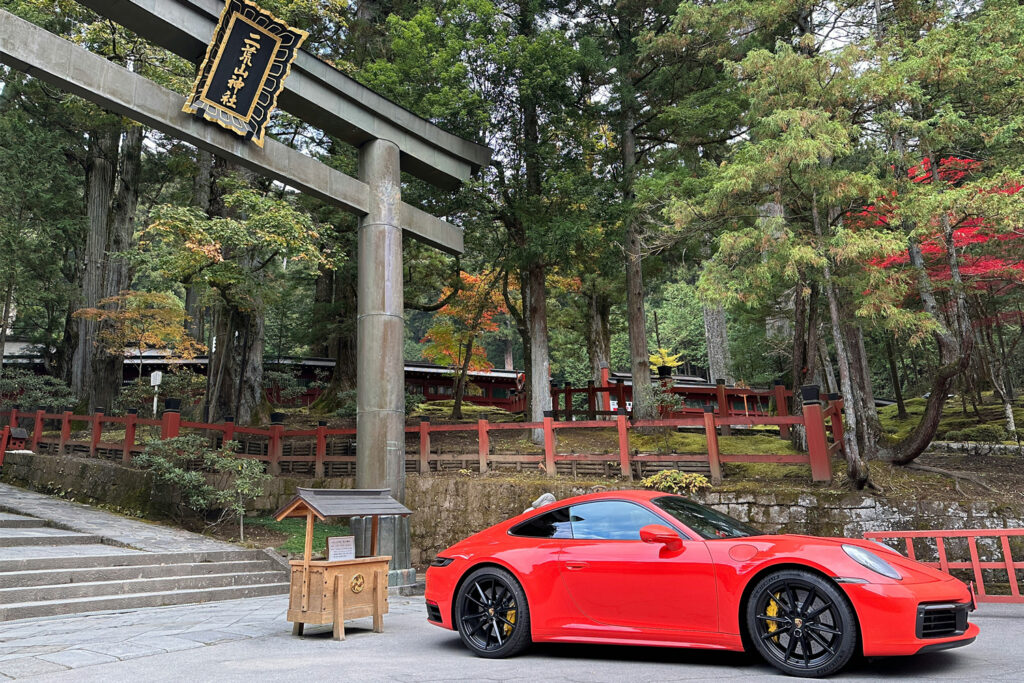
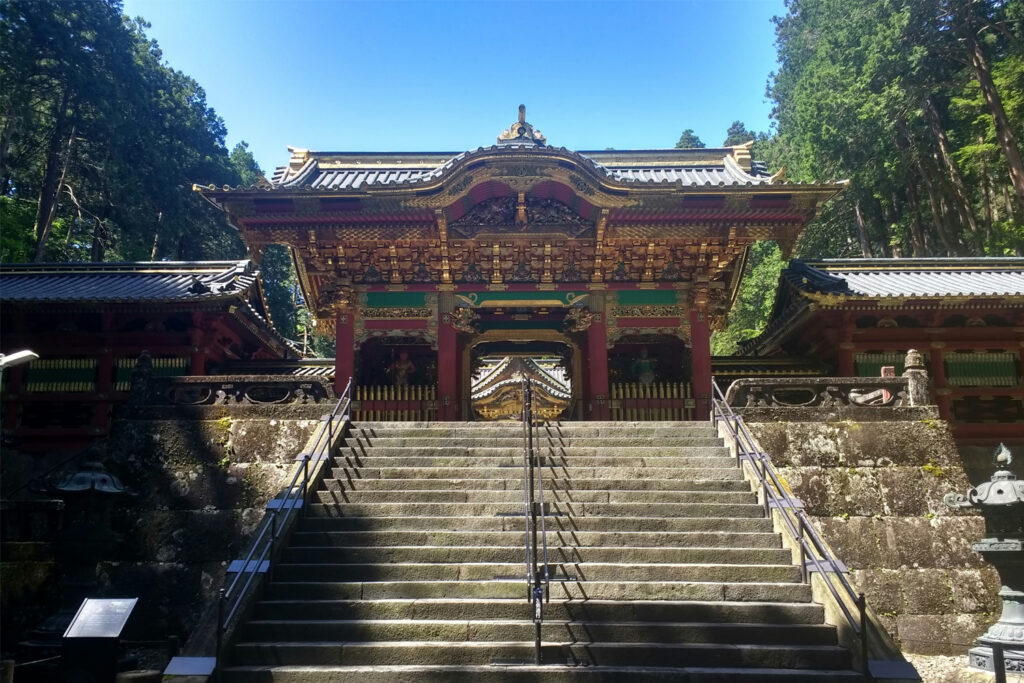

Nikko combines UNESCO World Heritage temples with natural beauty. The Tobu Railway Spacia express from Asakusa takes two hours, with new trains featuring premium seats that make the journey comfortable. By car, Nikko is 140 kilometers from Tokyo via the Tohoku Expressway, about two hours through varied scenery.
Toshogu Shrine breaks every rule of Japanese temple design by embracing decoration over simplicity. Gold leaf covers elaborate carvings, and bright colors catch the eye everywhere. The famous monkey carving shows “see no evil, hear no evil, speak no evil” in a whimsical style that appeals to children and adults alike. Early arrival from Tokyo beats the tour bus crowds that can make midday visits overwhelming.
Kegon Falls drops 97 meters from Lake Chuzenji in a thundering cascade. An elevator takes you down to viewing platforms near the base where you can feel the spray. The lake sits at 1,269 meters elevation, high enough that cool temperatures make summer visits comfortable even on Tokyo’s hottest days.
The Ritz-Carlton Nikko brought new luxury to the area, specifically targeting Tokyo visitors seeking refined mountain experiences. Less-visited Oku-Nikko offers pristine nature walks on boardwalks through wetlands. You might walk for hours without seeing crowds, especially on weekdays when most visitors stick to the main temple area.
Shimoda: Coastal Beauty via Luxury Rail
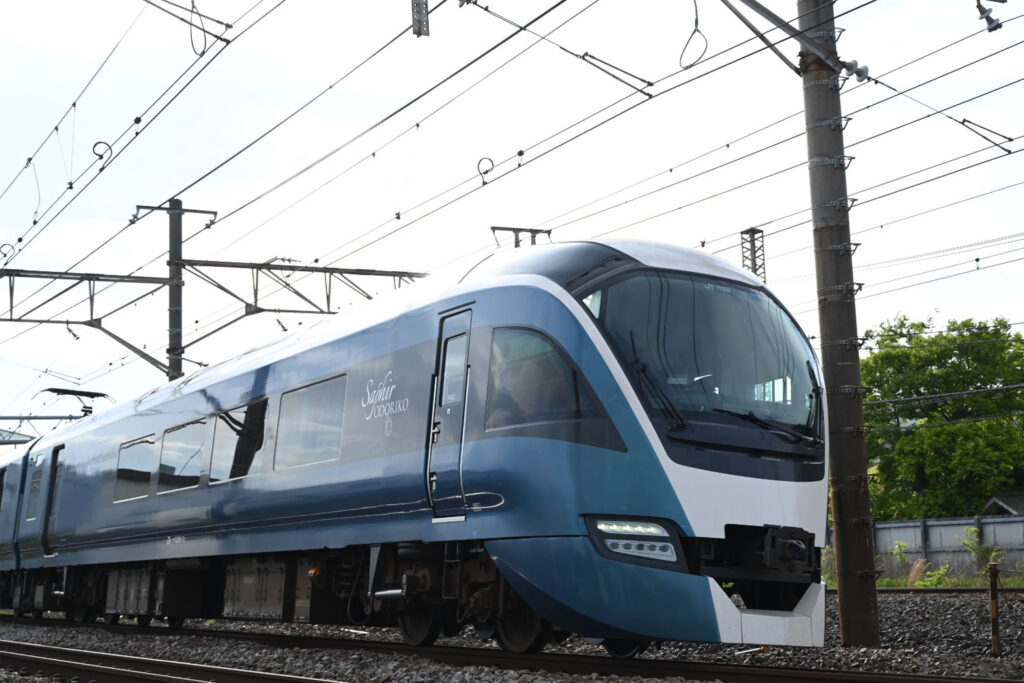

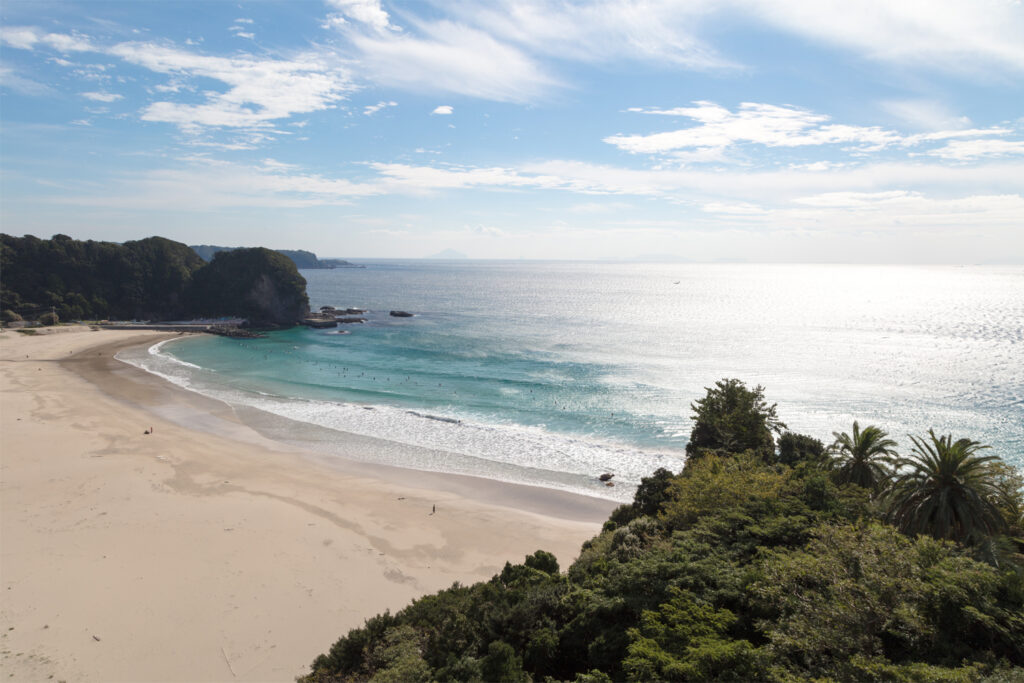
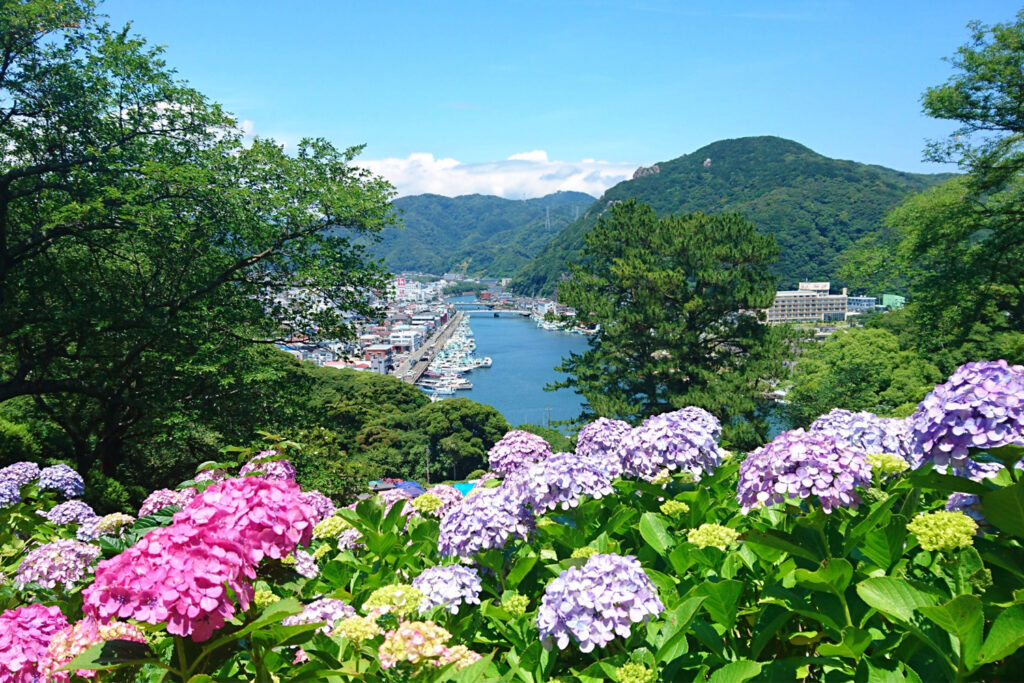
Mountains aren’t Tokyo’s only nearby escape. The SAPHIR ODORIKO train to Shimoda represents peak Japanese rail luxury with Premium Green cars featuring semi-private compartments. The café car serves meals with ocean views that change constantly as the train hugs the coastline. The journey takes about 2.5 hours following dramatic cliffs and beaches.
Shimoda’s beaches offer white sand and clear water that seems impossible so close to Tokyo. Shirahama Beach attracts families and surfers with its long stretch of sand and consistent waves and Kisami Ohama beach has a quieter and more exclusive feel. The town’s history as Japan’s first open port created unique architecture that survived modernization. Perry Road preserves traditional buildings now housing sophisticated cafés and galleries.
Driving covers 180 kilometers through mountains before reaching the coast in a dramatic reveal. The Izu Skyline Road offers spectacular driving with Mount Fuji views. Many Tokyo residents stop at Atami or other hot spring towns along the way, turning a beach trip into a multi-destination adventure.
Why Tokyo Works as Your Base
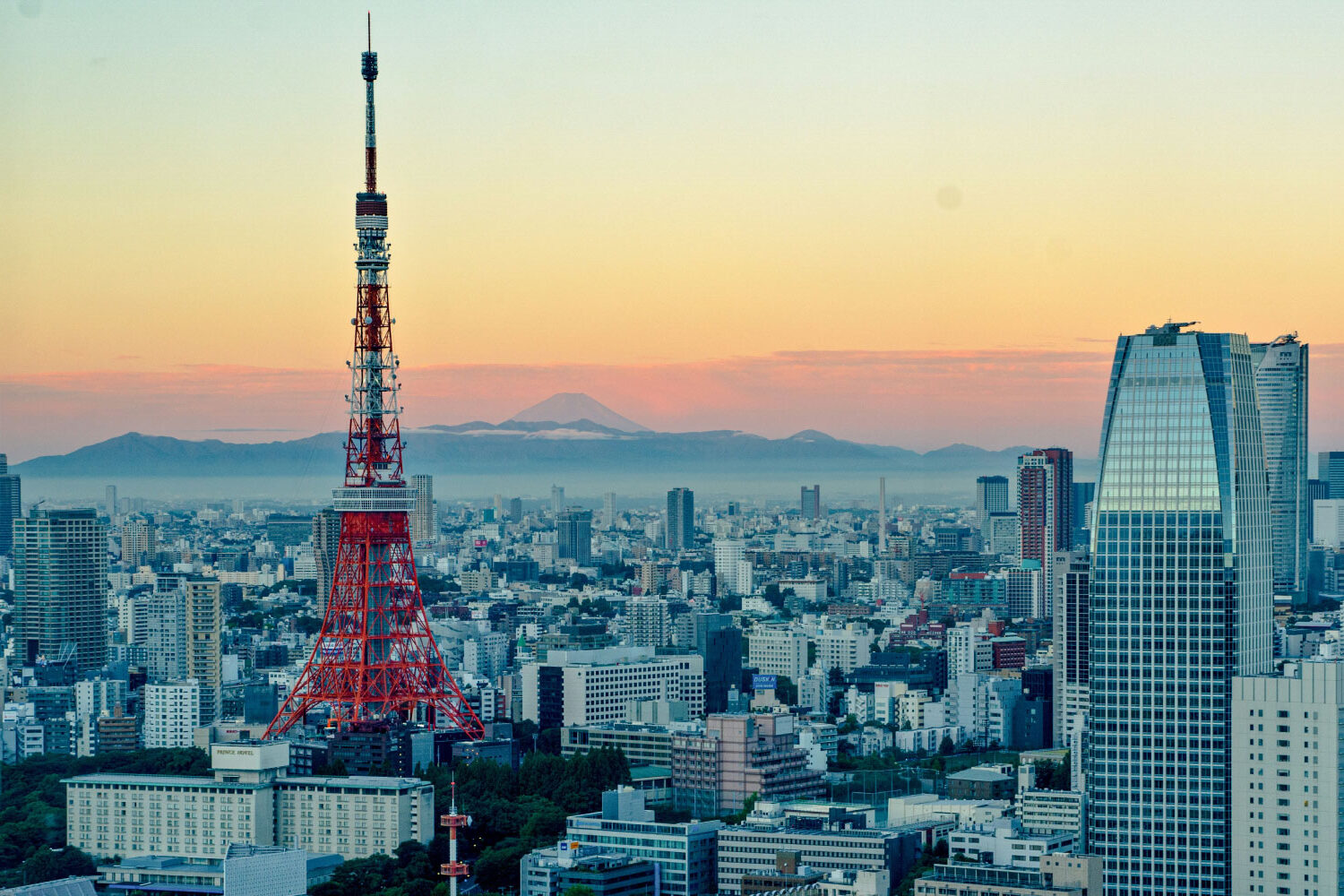
Tokyo’s transportation network makes these escapes remarkably easy in ways that residents of other world cities can only envy. Not many other major cities offer such varied natural destinations within three hours. New York residents drive for hours through traffic to reach comparable mountains, while London requires long journeys to find similar natural beauty.
The Shinkansen network from Tokyo Station connects to mountain gateways with speed and frequency that makes planning simple. Private railways from Shinjuku and other terminals provide additional options. You choose destinations based on convenience from your neighborhood, making your address partially determine your weekend habits.
Japanese train reliability means you can plan precisely without stress. Book the 8:12 AM Shinkansen to arrive at Lake Aoki by noon with confidence. Reserve seats weeks in advance for busy seasons or decide that morning if the weather looks good. Early morning departures let you maximize mountain time, with first trains around 5 AM for serious hikers. Evening returns mean full days away while still sleeping in your own bed.
Tokyo’s outdoor gear shops in Shinjuku and Shibuya stock everything needed for mountain adventures. Highway access works equally well, with multiple expressways radiating from the city and electronic toll collection speeding journeys.
Making These Escapes Part of Your Life
Regular escapes from Tokyo require minimal planning once you establish routines. Keep gear ready in your apartment and download apps for train reservations and weather updates. Many hotels offer membership programs with room upgrades and late checkout benefits that accumulate over time. Premium credit cards include points that can be used to substitute hotel and travel costs.
Tokyo’s department store food floors excel at travel provisions. Premium rice balls and local specialties turn train journeys into dining experiences. Different Tokyo neighborhoods offer different benefits for escape access. Tokyo Station residents get fastest Shinkansen access and Shinjuku provides the most private railway options. The many expressways keep the Central Tokyo Wards, such as Minato, Chiyoda and Shibuya connected to major road networks.
Consider season passes like the Hakone Free Pass that pays for itself in two visits. These prepaid options encourage spontaneous trips when transportation costs are already covered.
The Complete Tokyo Lifestyle

Tokyo’s true value extends far beyond city limits into the mountains and coasts that surround it. These locations aren’t distant vacation spots requiring major planning. They’re extensions of your Tokyo life that you can access whenever the mood strikes. You can attend morning meetings and swim in alpine lakes the same day, a combination that seems impossible until you live it.
The infrastructure that makes Tokyo a global business center also enables these escapes with remarkable efficiency. Every major station connects to natural beauty through systems designed for reliability and comfort. This integration of urban and natural makes Tokyo special among world capitals.
For those considering Tokyo property, think beyond the city itself to the lifestyle it enables. You’re investing in access to all of Japan’s beauty, not just urban amenities. Housing Japan, with 25 years of experience helping international clients find their perfect Tokyo home, understands this unique value proposition. Their multilingual staff can guide you to properties that maximize both city convenience and easy access to these mountain escapes. Your weekends can shift from Ginza shopping to Hakuba hiking with one simple train ride. From boardroom to beach in three hours without complications.
This accessibility transforms how you experience Tokyo by adding layers of possibility to every weekend. Work weeks become more manageable knowing escapes are always available. Weekend planning becomes choosing between multiple paradises rather than wondering what to do. When selecting your Tokyo residence, Housing Japan’s team can help you consider not just the neighborhood amenities but also proximity to major stations that connect to your preferred mountain or coastal retreats. Tokyo offers not just urban excellence but seamless access to Japan’s most beautiful places, a combination that makes it truly unique among world capitals where such escapes require real effort and planning.
Q&A
Which Tokyo neighborhoods offer the best access to weekend trips? Tokyo Station provides optimal Shinkansen access to Karuizawa and Nagano for Hakuba, with premium Green Car services. Shinjuku excels for Hakone via Romancecar and offers highway bus terminals for various destinations. The many expressways keep the Central Tokyo Wards, such as Minato, Chiyoda and Shibuya connected to major road networks.
Is it better to drive or take trains weekend destinations out of Tokyo? Trains offer reliability and the ability to relax en route, particularly in Green Car services. Driving provides flexibility once at your destination and the ability to explore surrounding areas. Many regular visitors use trains for quick trips and drive when planning extended weekends.
What are Green Cars in Japan and are they worth the extra cost? Green Cars are premium train carriages offering wider seats, more legroom, quieter environments, and sometimes complimentary refreshments. For journeys over an hour, the additional comfort justifies the roughly 30% premium, especially when traveling for relaxation.
Which Japan destination offers the best luxury accommodation? Hakone leads for traditional luxury ryokan experiences, with several world-renowned properties. Karuizawa offers sophisticated hotels and private vacation homes. The new Ritz-Carlton in Nikko has elevated that area’s luxury offerings. Hakuba provides more casual luxury focused on outdoor activities.
Can these weekend destinations out of Tokyo be visited year-round? Yes, each offers distinct seasonal attractions. Summer provides hiking and outdoor activities, autumn brings spectacular foliage, winter offers skiing in Hakuba and snow viewing elsewhere, while spring features cherry blossoms arriving later than Tokyo, extending the viewing season.

